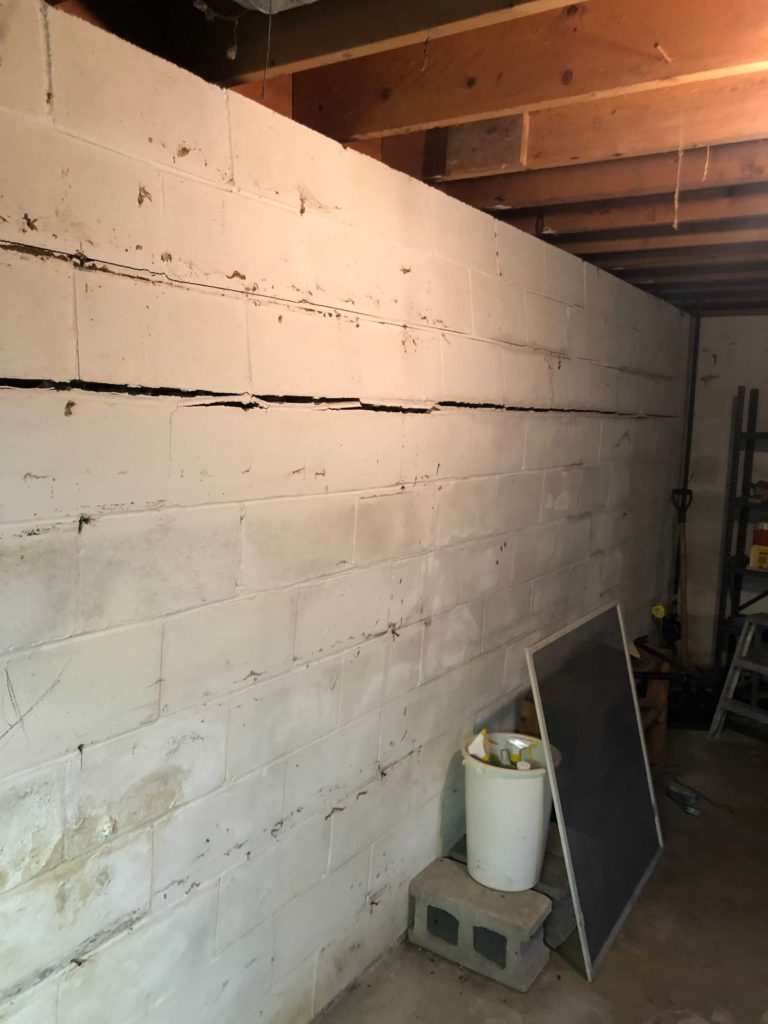Failing Walls
Problematic walls are just that, right? Actually, when it comes to problematic walls due to foundation failure, there can be two varying wall issues: bowing and leaning walls. So what is the difference? Typically, both bowing and leaning walls are caused by the same elements, but there is enough difference that may change the repair process.
In addition, a foundation expert must determine whether you’re dealing with a bowing or leaning wall. This will help the foundation contractor determine the exact location of damage and the underlying cause. A reputable contractor will want this information so that they can take the best course of action when repairing the foundation.
Bowing Vs. Leaning Walls
Bowed walls usually start with a horizontal crack, typically in the middle or upper portion of the wall. Depending on the quality of the wall, this crack may span the entire wall length. It is easier to detect than a leaning wall because of the formation of the cracks. Furthermore, you might notice horizontal cracks forming in one or more mortar joints near the bulged area. The widest cracks will be located at the point of the greatest inward bulging.
On the other hand, a leaning wall will typically lean in from the top of the wall. Therefore, this can be more difficult to spot because the best indicators are found at the top of the wall where the sill plate and floor joists are. In addition, foundations often do not lean in the most obvious direction. It may take a professional foundation expert to understand the characteristics of any particular leaning wall. Moreover, typically, the leaning results from the surrounding soil pushing against the bottom of the wall and not the top.
Rapid Foundation Repair services a wide area, including east-central Colorado, northern Nebraska, and South Dakota. Contact Us today to get a free quote!

